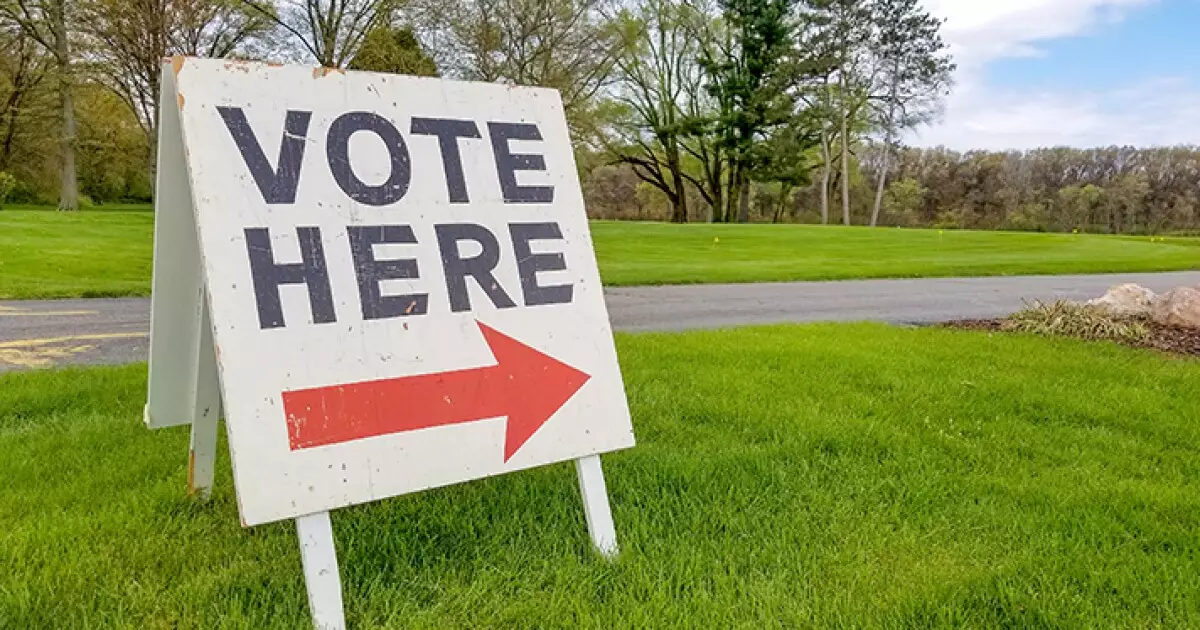The state of Texas is at a crossroads as it grapples with local governance challenges exacerbated by rising populations and ongoing fiscal pressures. Recent legislative proposals aimed at tightening the requirements for tax increases and bond issuances have raised eyebrows among local officials, educators, and constituents alike. As state leaders push for stricter measures in light of a significant property tax relief package proposed by Governor Greg Abbott, local governments and school districts find themselves navigating a precarious path, facing steeper barriers to fund crucial infrastructure and public services.
In a bold move during his State of the State address, Governor Abbott called for enhanced restrictions on local tax increases, advocating for a two-thirds majority approval requirement for any tax hikes or bond measures. This proposition comes as part of a broader plan to expand the property tax relief initiative unveiled in 2023, which earmarks an additional $10 billion for similar purposes. Abbott’s rationale focuses on eliminating what he terms “loopholes” that allow local governments to increase taxes without sufficient grassroots backing. The governor insists that such measures are vital to ensure fiscal responsibility and to uphold taxpayer interests.
However, Abbott’s position is not without its critics. Some lawmakers express concern over the practical implications of a two-thirds requirement, warning that it could cripple local authorities’ ability to secure necessary funding. Republican Senator Paul Bettencourt even suggested that the burden might be better placed on elected officials rather than the voters, arguing that accountability should lie within the ranks of government rather than require overwhelming public consensus for essential initiatives.
As potential changes to voting thresholds loom, many communities—particularly those experiencing rapid growth—are sounding alarm bells. The proposed transition from a simple majority to a two-thirds majority could significantly hinder local governments’ capacity to raise funds for infrastructure improvements and other essential projects, resulting in long-term repercussions for community services.
Texas has become a magnet for new residents, with over 9 million people added to its population between 2000 and 2022. This rapid growth intensifies the need for reliable funding streams, particularly in educational capacities. The Texas Association of School Administrators has raised the issue that districts already struggle to pass bond measures; raising the approval threshold could render many proposals unviable and further strain resources necessary for accommodating the increasing student population.
The financial landscape of Texas localities highlights the tension between burgeoning infrastructure needs and stringent budget restraints. The proposed measures add an additional layer of complexity. For instance, the state’s existing law requires local bond measures to be itemized, necessitating separate votes for various funding aspects—a practice that complicates the approval process and might deter voters from engaging in local elections.
Moreover, burgeoning deficits in local budgets compound these challenges. Houston, Texas’s largest city, is currently wrestling with a structural budget deficit as officials endeavor to enhance municipal efficiency. Efforts in Houston epitomize the rising fiscal pressures local governments face as they attempt to maintain services amid dwindling reserves.
The juxtaposition of local needs and legislative policies elevates concerns regarding the capacity for self-governance. Legislative leaders, including Lt. Gov. Dan Patrick, have signaled readiness to advance these proposals rapidly, framing them as essential for maintaining fiscal discipline. Yet, the fallout from such policies is likely to be felt disproportionately across the state, particularly in fast-growing urban areas where infrastructure investment is crucial for sustaining dynamic population growth.
As lawmakers consider measures aimed at closing alleged “loopholes,” the question remains whether the proposed actions will lead to genuine protection for taxpayers or instead contribute to an environment where vital public services become increasingly difficult to fund. The potential consequences of these legislative initiatives could shift power dynamics, forcing local governments to adapt to new fiscal realities while grappling with rising operational costs and community expectations.
The evolving landscape of local taxation and governance in Texas shines a spotlight on the broader struggle between fiscal responsibility and the imperative of accommodating growth. The tension between immediate community needs and overarching state parameters introduces significant challenges for local governments, with potential implications for public services, educational infrastructure, and long-term economic health. As stakeholders engage in ongoing debates, the direction Texas leaders choose in the coming legislative sessions will not only shape governance but also define the future capabilities of the Lone Star State’s burgeoning communities. Amidst these uncertainties, one thing remains clear: the balance between managing resources effectively and addressing constituent needs will remain a crucial focal point for years to come.

